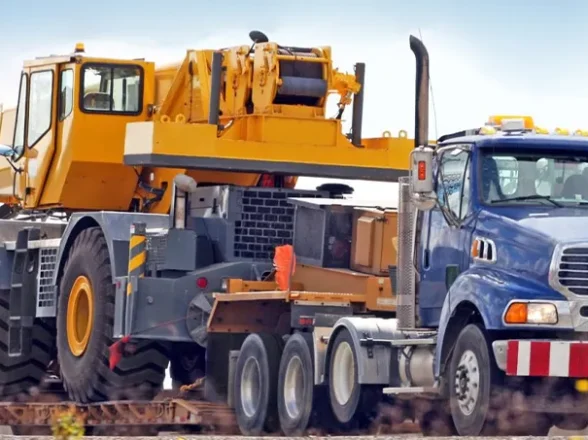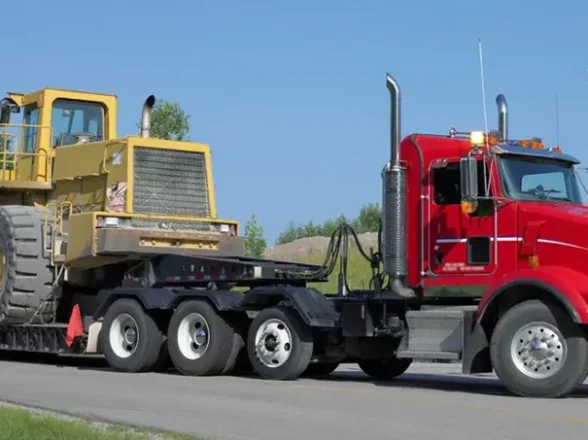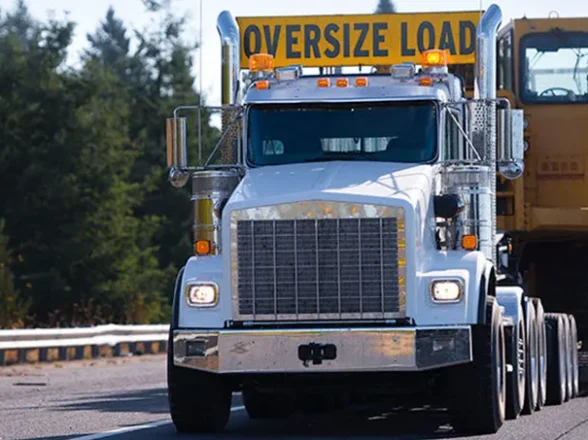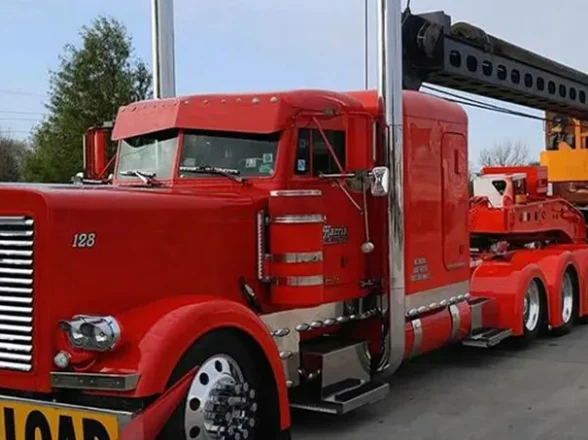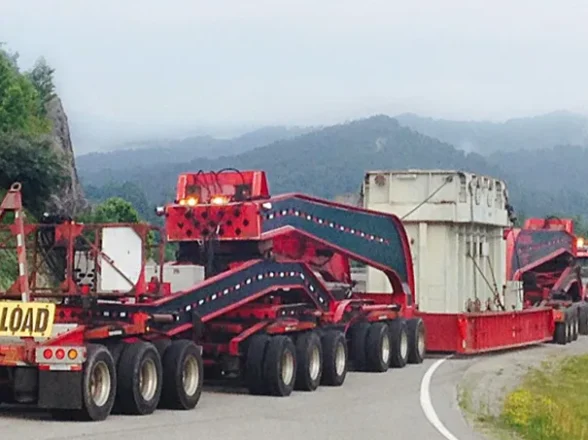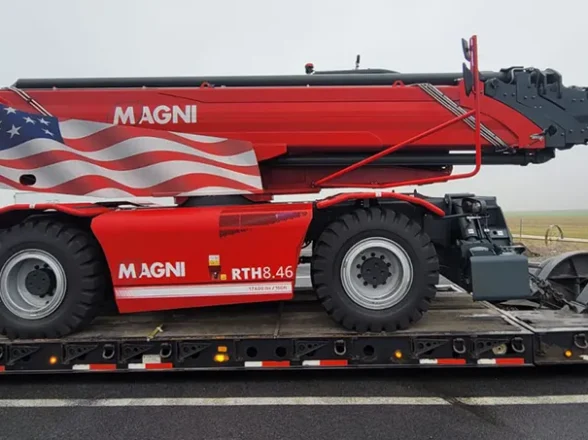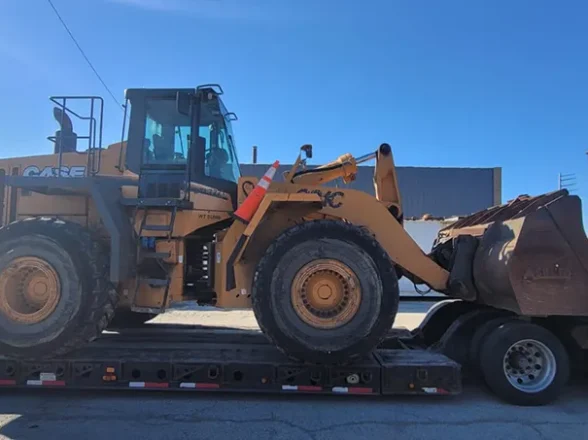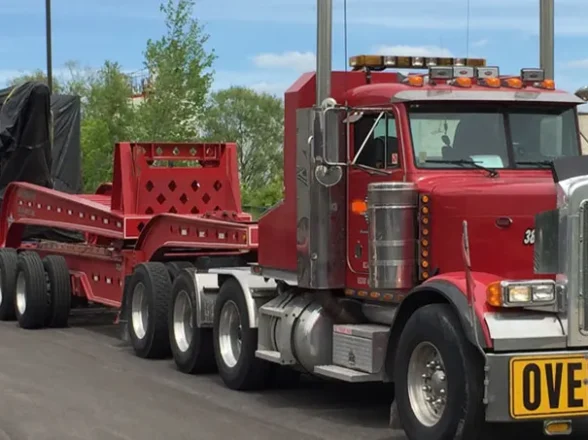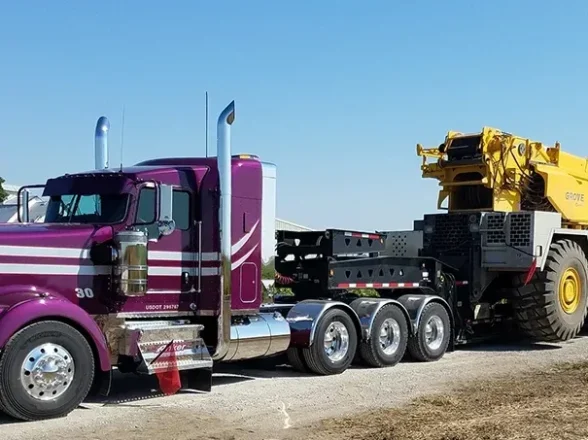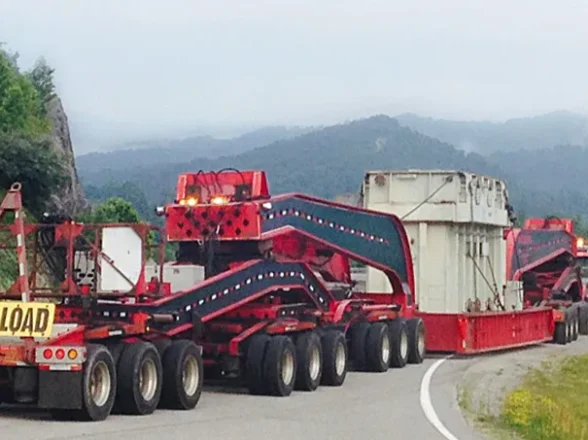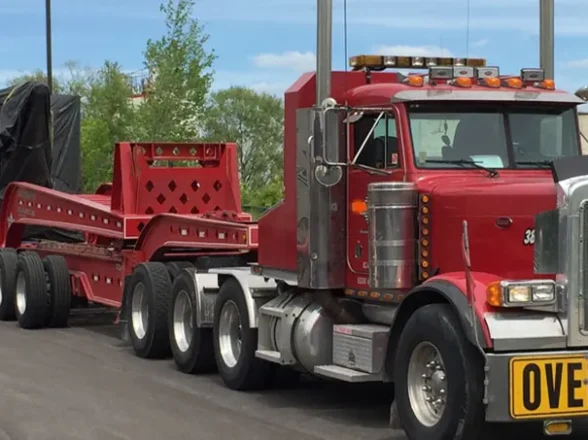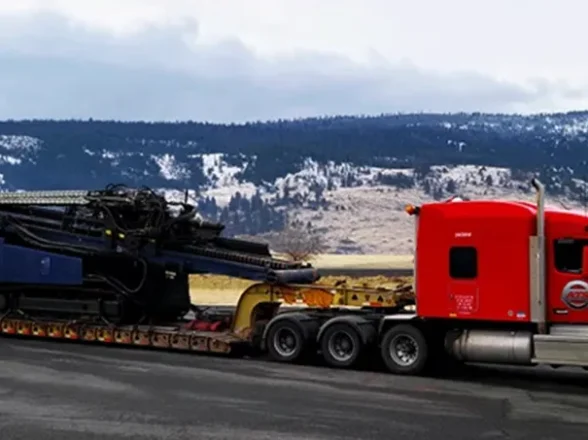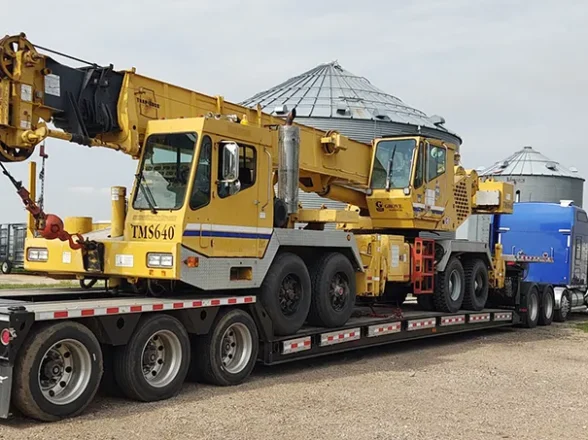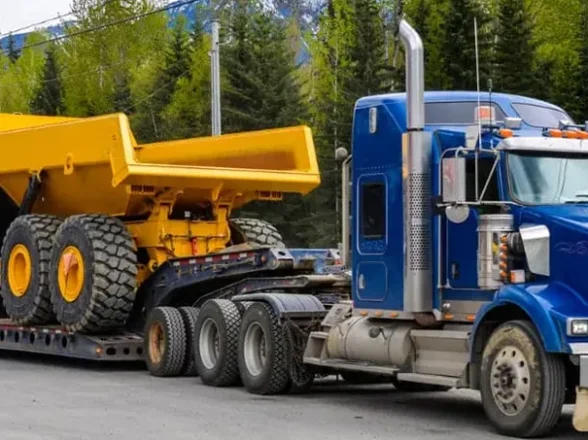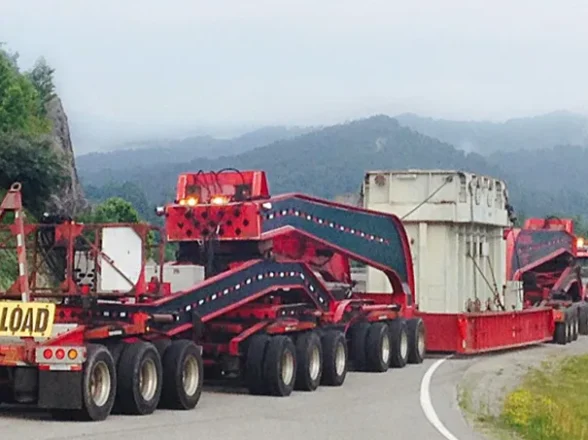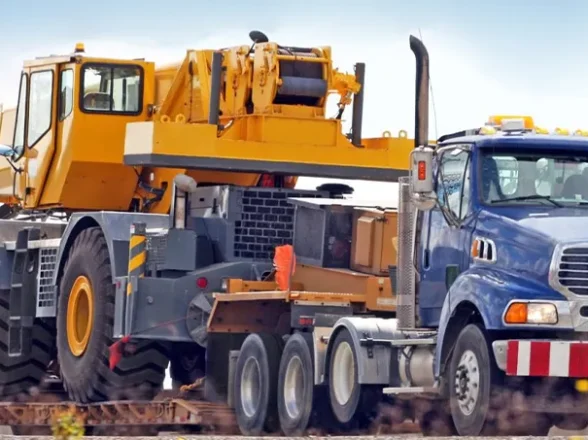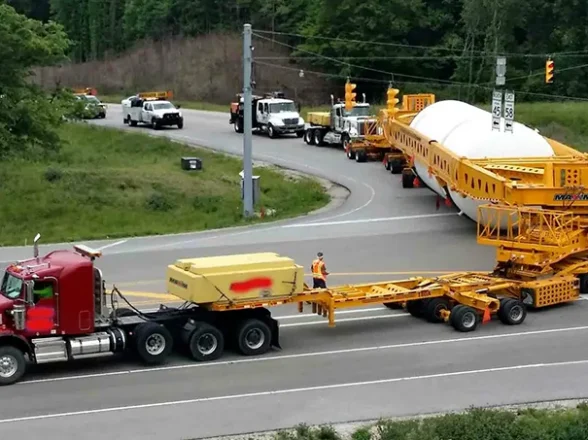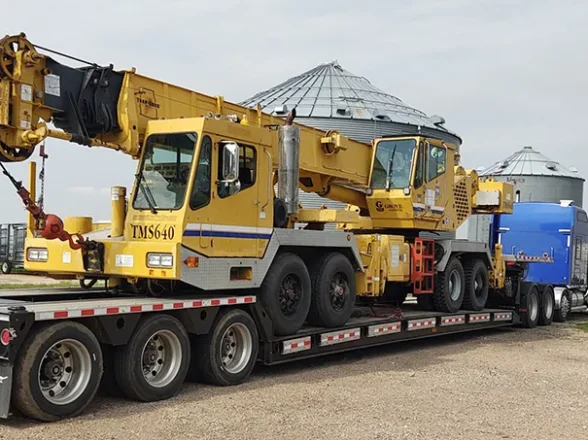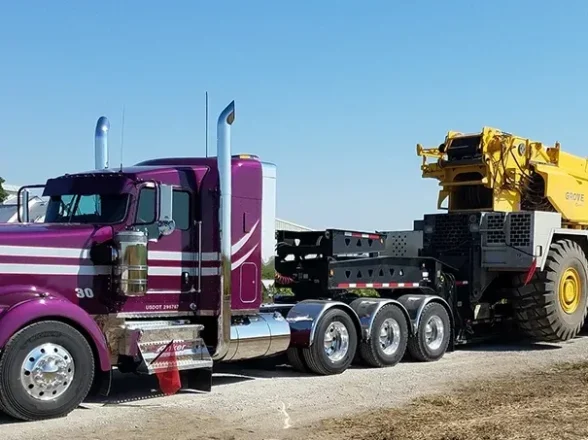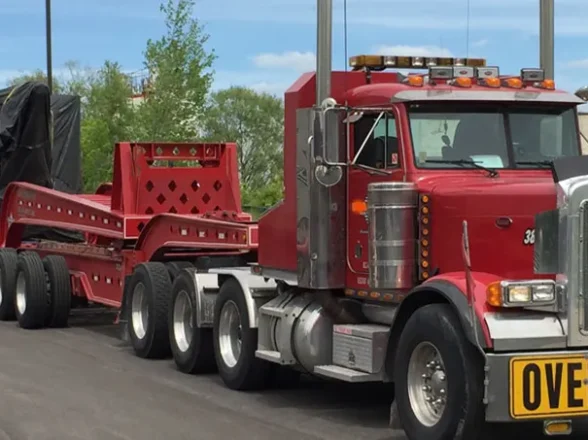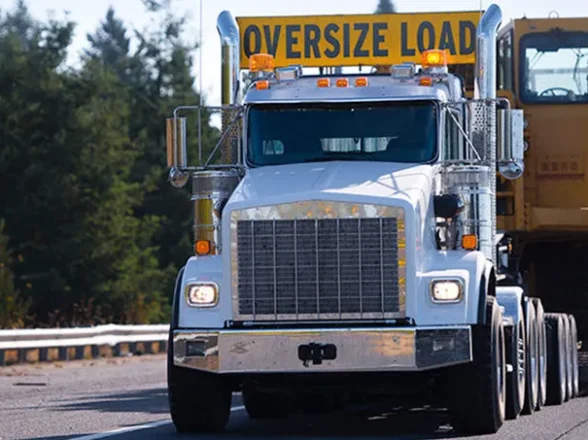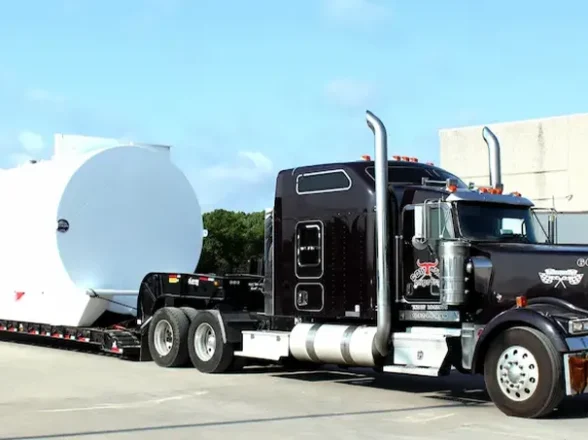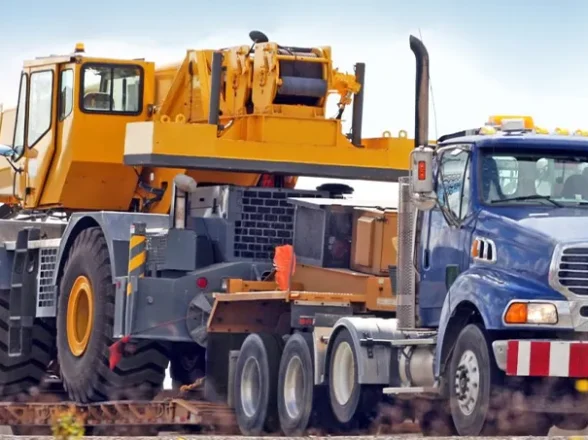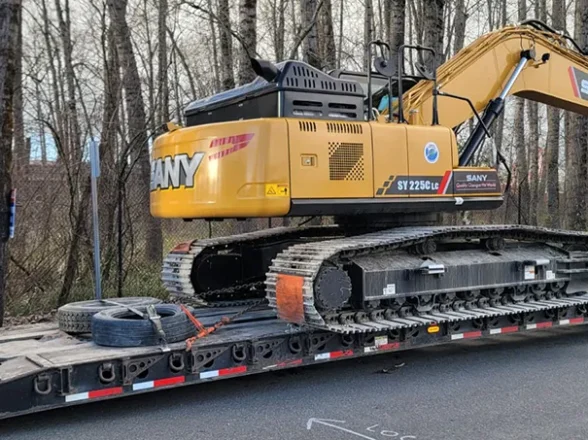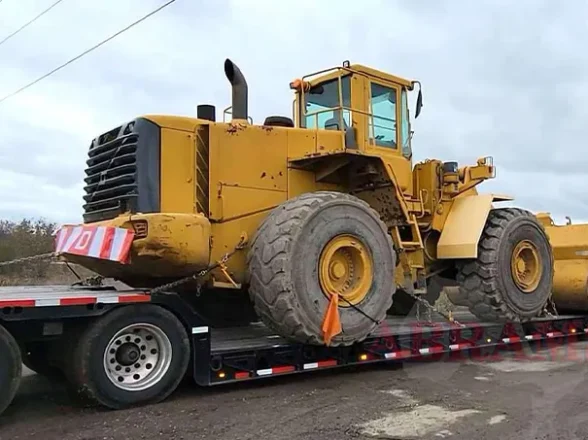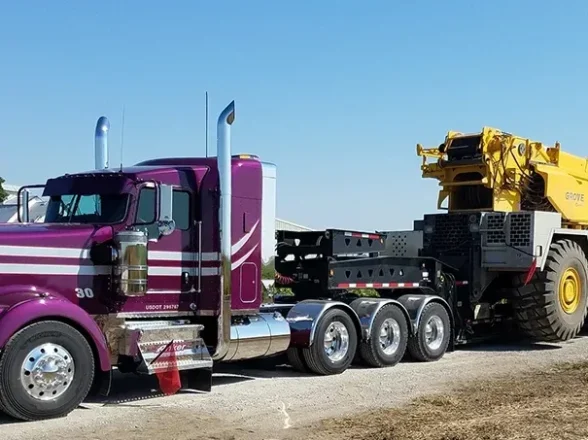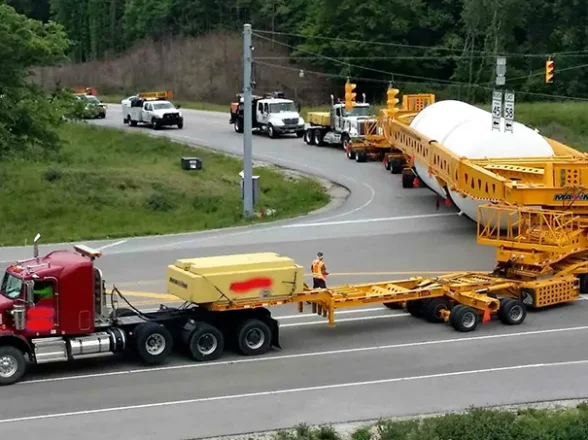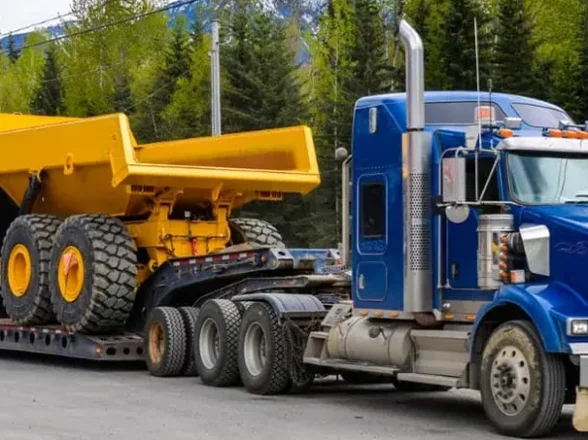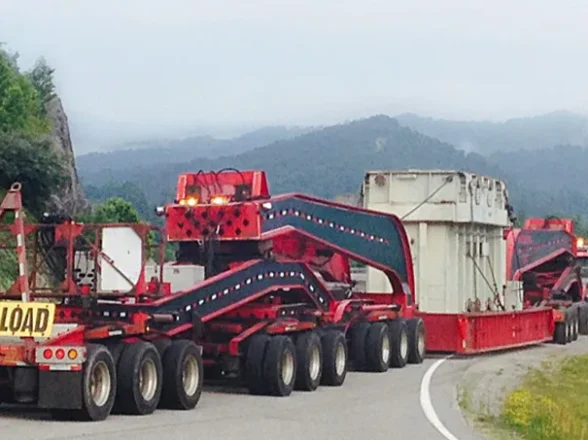DNP news
Blog
Washington Oversize Permits Informations

The following information of Washington oversize permits is provided solely for reference. Please carefully review your permits and provisions sheets, as we cannot guarantee the accuracy of the information. For questions or assistance, contact the number provided.
Washington DOT #:(360) 705-7000
PERMITS:
Washington oversize permits are valid for a duration of three days and must be acquired before entering the state. It is important to note that Washington permits can no longer be obtained at Points of Entry (POEs).
OPERATING TIME:
Travel is permitted from one-half hour before sunrise to one-half hour after sunset, including both Saturdays and Sundays. Additionally, vehicles/loads not exceeding 12′ in width, 14’6″ in height, and 105′ in length, incorporating legal overhangs, have the option to operate at night with proper lighting as defined by Federal Regulations 49 CFR 393.11.
RESTRICTED TRAVEL:
Curfew restrictions on time and width are applicable Monday through Friday in the areas surrounding Seattle-Everett, Tacoma, Olympia, Vancouver, and Kelso. The specific curfew hours are detailed on the Commuter Curfew Hours sheet provided with permits. A validation number is required for permission to use city routes in Seattle and Tacoma. If you need more info please contact us.
LEGAL DIMENSIONS
Length:
- 53′ semi-trailer
- A 56′ trailer and load permit is available for legal loads
Overhang:
- 3′ front
- 15′ rear from center last axle to end of load
Width:
8’6″
Height:
14′
Weight:
80,000 Gross or more, depending on number of axles and their spacings:
- Steer – 600 lbs. per inch of width (13,200 for 11″ steers)
- Single – 20,000
- Tandem – 34,000
- Tridem – 42,000 (with at least 8′ of axle spacing)
Divisible Loads Exceeding 80,000: You can exceed 80,000 gross without a permit on state highways and on Interstate highways as long as you are legal on all axle/group weights and you are licensed for at least the amount of your gross weight.
Call (832) 454-5883 For Permit Consultation
ROUTINE PERMIT LIMITS
Length:
125′ trailer and load
Width:
16′ (14′ on 2-lane highways)
Height:
16′
Note:
On height clearances: Washington state oversize permits do not guarantee height clearances on permitted routes.
Weight:
Gross Weights
5 axles – 99,000
6 axles – 114,700
7 axles – 130,000
Depending on axle spacings
- Axle Weights
- Steer Axle – 600 pounds per inch of tire width (13,200 pounds maximum with 11 inch tires)
- Single – 22,000
- Tandem – 43,000
- Tridem – Depends on spacings (4’2″ spacings get about 54,080 pounds; 4’6″ spacings get about 58,500 pounds, etc.)
- Register for up to 105,500 pounds to permit for that much or more
Loads exceeding these dimensions or exceeding 200,000 pounds are considered as Super Loads.

ESCORTS
On Multiple Lane Highways:
Length:
Trailer length including load over 125′ – 1 escort
Overhang:
Center last axle to end of load exceeds 1/3 of total trailer and load length – 1 escort
Width:
- Over 14′ – 1 escort
- Over 16′ – case by case basis
Height:
Over 14’6″ – 1 escort
On 2-Lane Highways:
Length:
Trailer length including load over 105′ – 1 escort.
Overhang:
rear overhang exceeds 1/3 of total trailer and load length – 1 escort.
Width:
- Over 11′ – 2 escorts
- Over 16′ – case by case basis
Height:
Over 14’6″ – 1 escort.
MISCELLANEOUS:
Lift axles must be deployed if exceeding legal axle weights, and efforts should be made to reduce overweight single piece loads. Loads created through welding, bolting, or tying are considered reducible.
SIGNS, FLAGS & LIGHTS:
For all oversized loads, “Oversize Load” signs are obligatory at the front of the tractor at a height of 5′ from ground level (or as high as practicable on the vehicle or load if it cannot accommodate the 5′ height), and at the rear of the vehicle at a height of 5′ to 7′ from ground level (or as high as practicable on the vehicle or load if it cannot accommodate the 5′ to 7′ height). No signs are required for overweight-only loads. Flags must be displayed on all four corners of overwidth loads and at the extreme ends of protrusions, projections, or overhangs. During nighttime movement, loads extending beyond the sides must have amber lights visible from the front and side at the outermost extremities, and the rearmost edge must be marked with a red lamp visible from the rear and side.




